Spectacle! Landsat 8 records three different colored lakes in one image
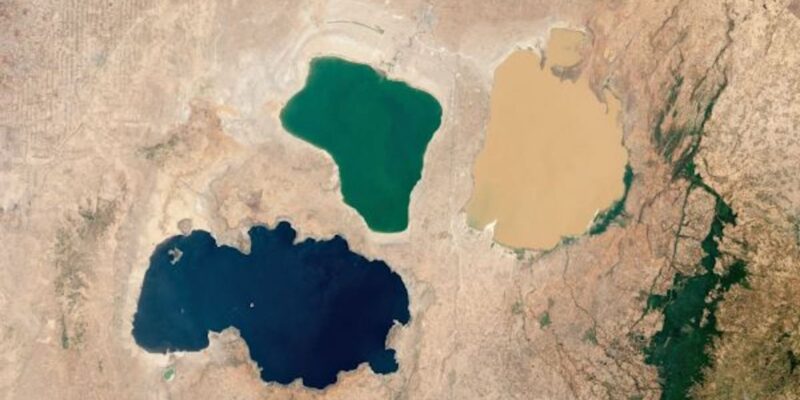
Three colourful lakes in Ethiopia, each with a different colour, can be clearly seen in a recently released NASA satellite image. This unusual colour is the result of many factors, including the chemical composition of the water, depth and wildlife activity.
The three lakes are Lake Shala in dark blue, Lake Abijatta in green and Lake Langano in yellow. These lakes are located in the East African Rift Valley in Ethiopia.
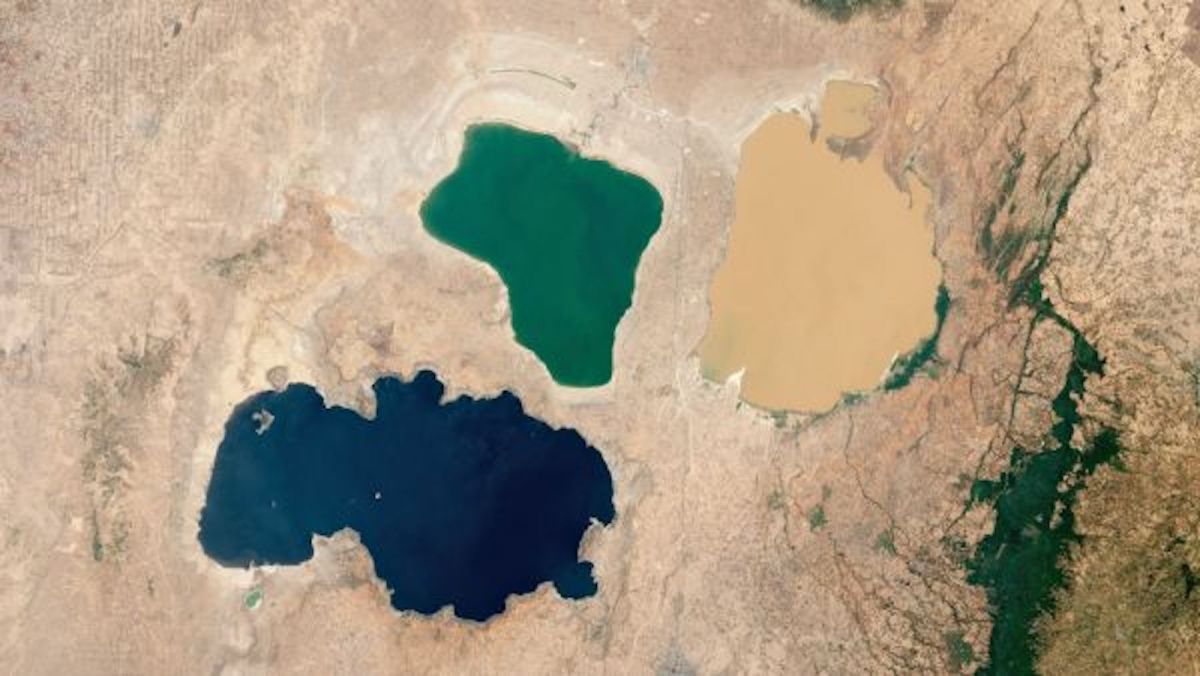
Lake Shala (blue), Lake Abijatta (green), Lake Langano (yellow)
Landsat 8, jointly owned by NASA and the U.S. Geological Survey, took this striking true-color image a few months ago using an on-board land imager. And the photo was posted online by NASA’s Earth Observatory on Oct. 7[1].
Lake Shala, about 12 kilometers long and 28 kilometers wide at its widest point, is the deepest of the three lakes, with a maximum depth of about 266 meters. The deep blue color of the water and the presence of large amounts of sulfur at the bottom of the lake also mean that the pH value of the water is very high. According to the Earth Observatory, despite the extreme conditions, the lake is rich in small crustaceans and microorganisms, which will be an important food supplement for the large flocks of visiting flamingos and pelicans.
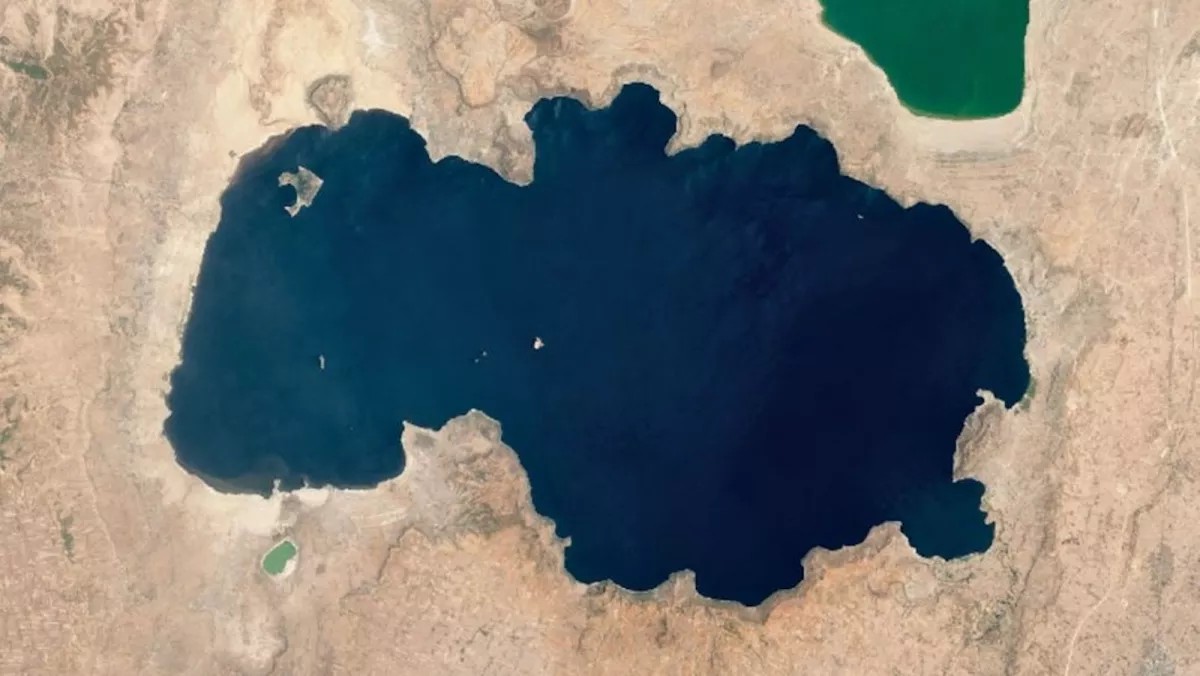
Lake Shala
Lake Abijatta is about 17 km long and 15 km wide, and is the shallowest of the three lakes, with a maximum depth of about 14 meters. Thus, Lake Abijatta is the most varied lake in the picture, having decreased in size by about one third in the last 50 years, according to the Earth Observatory data. According to the analysis the green color of Lake Abijatta is most likely due to the proliferation of phytoplankton on its surface.
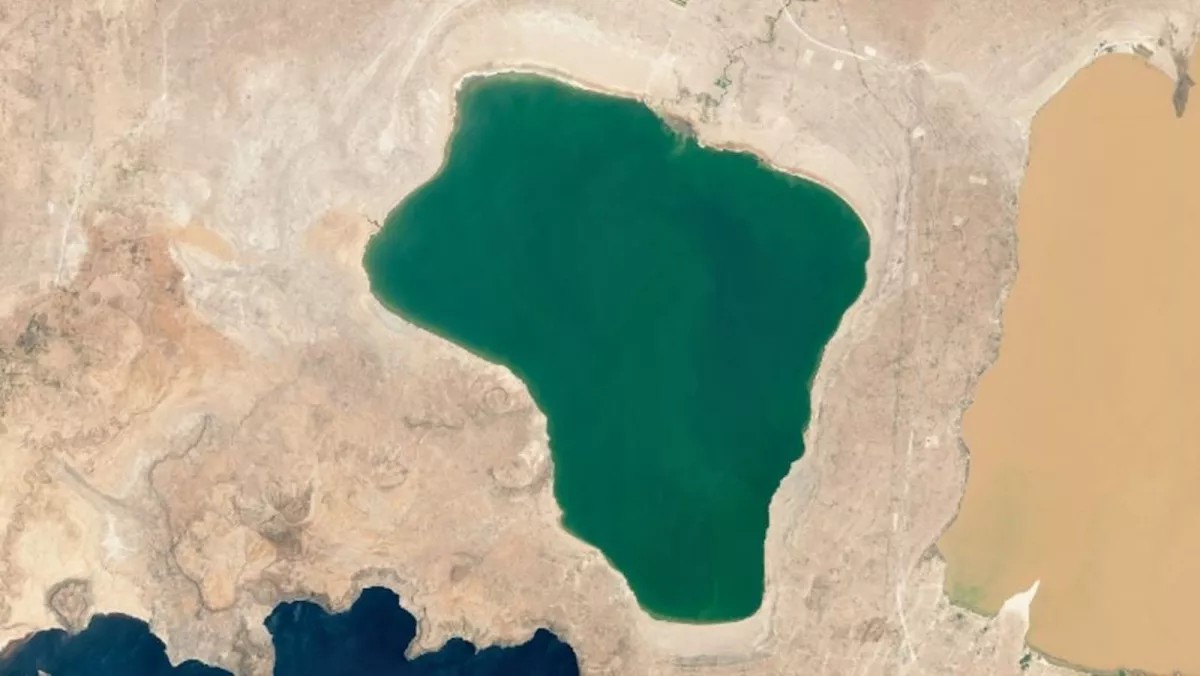
Lake Abijatta
Lake Langano is about 18 kilometers long and 16 kilometers wide and is fed mainly by streams in the east. The lake’s yellow color comes from its brown sediments, which were gradually formed by the erosion of nearby mountains under the action of running water. Langano is also a popular destination for nearby tourists because of the local parasites that spread a deadly disease called schistosomiasis, and according to the Earth Observatory, it is the only lake in the region that is free of parasites.
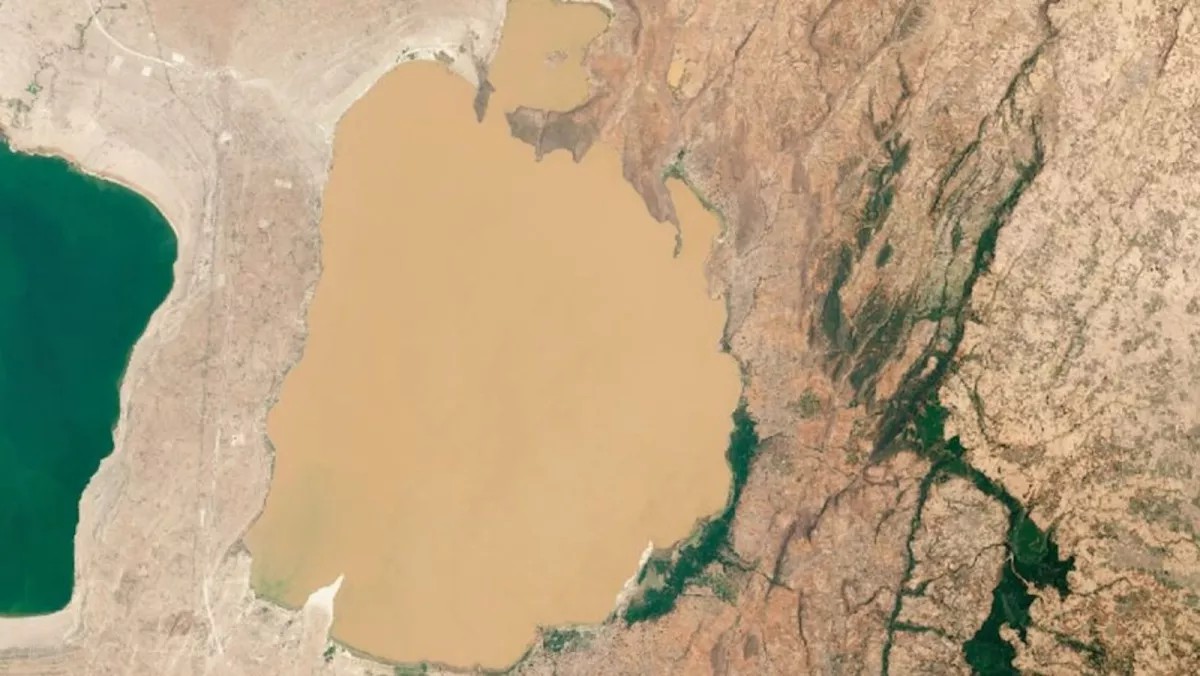
Lake Langano
All three of these lakes belonged to a common body of water in the past – Lake Galla. About 10,000 years ago, this huge ancient lake was probably also connected to the sea by the Awash River (which is still flowing). However, climate changes caused Lake Galla to become progressively drier. It is assumed that around 2000 years ago the lake split into the several different lakes we see today.
Reference:




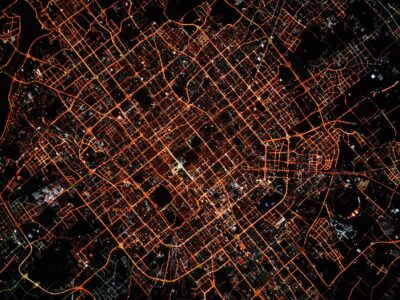




amazing nature